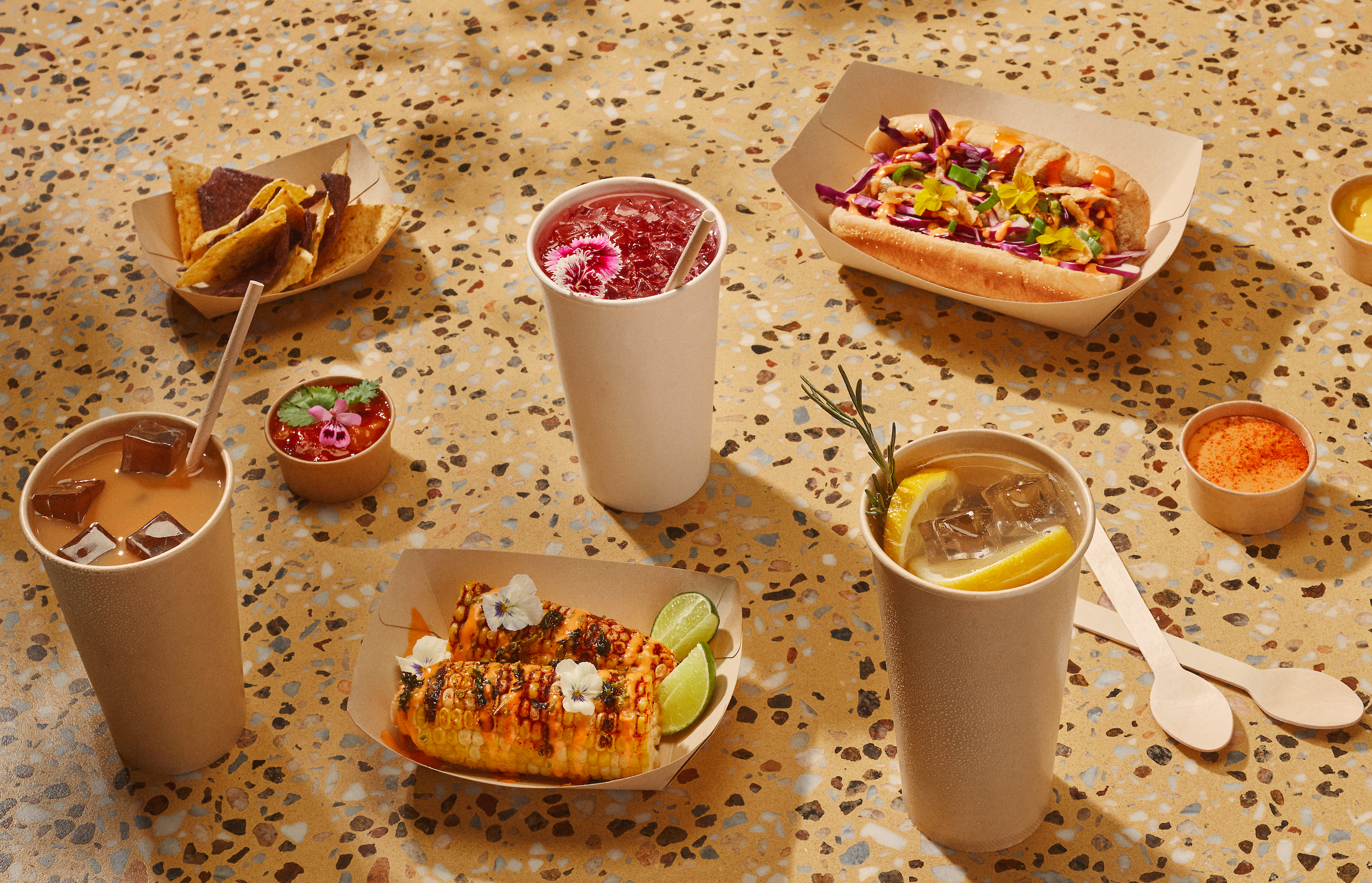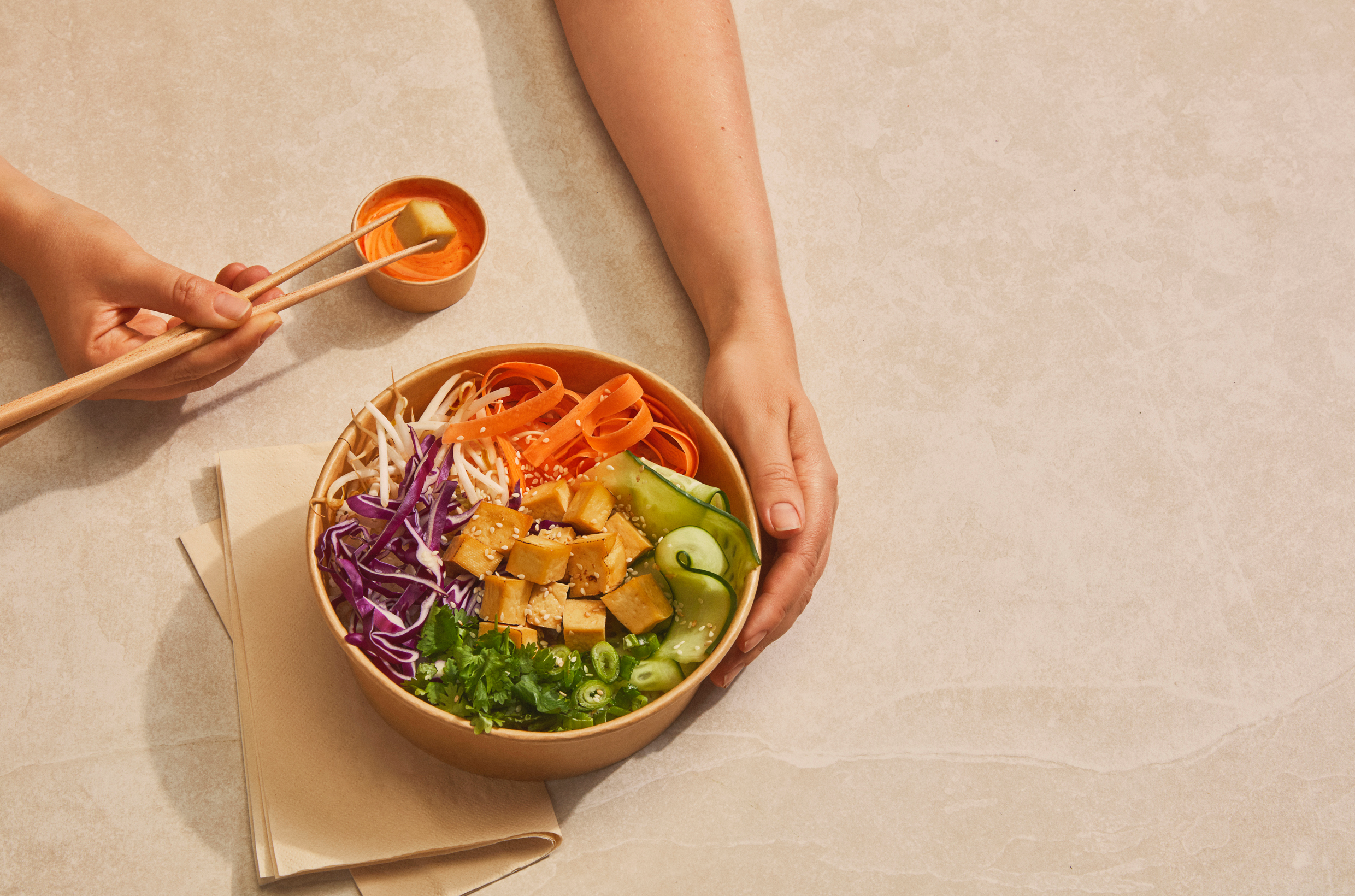As governments roll out sustainability initiatives and consumers demand trustworthy options, foodservice businesses face the unique challenge of finding packaging solutions that bridge the best of both worlds. Today, sustainable packaging isn’t just better for the planet, it’s better for bolstering your brand image and building customer loyalty. However, with all the available options, choosing the right sustainable packaging can be a little overwhelming. But don’t worry — that’s where we come in. Here, we’ve laid out a comprehensive guide to help restaurants and foodservice businesses choose the eco-friendly packaging that best suits their unique needs and values. Let’s get into it!
First, Know Your Needs
Before you dive into the world of sustainable packaging (and, trust us, it gets deep!), it’s essential that you take a step back and assess your business unique requirements. There are a number of factors, big and small, that play a role in determining what kind of take-out packaging you’re going to need. These include the kind of cuisine you serve, your menu items, your portion sizes, and your delivery or take-out volumes. Getting a handle on each of these aspects will help you narrow down the options and make the best informed decision for your restaurant.
Understand the Material(s)
Kraft paper, bamboo fiber, sugar cane, and good old PET plastic: sustainable packaging comes in a ton of different materials, and each arrives with its own list of pro’s and con’s. Don’t be shy to explore all the different options (recycled paper, cardboard, bamboo, sugar cane pulp, and recyclable plastic, to name a few) and get into the nitty-gritty of each. When you’re doing your research, you’ll want to play close attention to factors like durability, heat resistance, moisture resistance, and compatibility with different foods.
Consider the Context
Sustainable packaging is only as effective as how we use it — and how we dispose of it. So, it’s important to consider the context in which your customers will be using your take-out packaging: where they live and which waste management facilities they have access to. If your restaurant or foodservice business (and customers) are located in an urban area with accessible recycling facilities, you’ll want to prioritize choosing recyclable packaging like paper, cardboard, or recyclables plastic. In regions where the management of recyclable materials is restricted, you’ll want to opt for compostable packaging, since these options will still have a lower environmental impact even if they end up in the trash. And don’t forget to pay it forward: educate your clientele on proper disposal methods for your take-out packaging so they can make the best disposal decision. By aligning your packaging choices with the resources available to your community, you (and your customers) can maximize the positive impact of your sustainable packaging program, together.
Keep It Local
This year, Canada’s rolling out a comprehensive, nationwide ban on single-use plastic packaging. But that doesn’t mean the same rules and regulations apply, from city to city and coast to coast. This means it’s important for restaurateurs to understand their local regulations or bans on specific packaging materials. For example, some areas have restrictions on plastics, while others don’t. Adhering to these regulations not only ensures compliance (and keeps your business out of legal trouble), it also shows you’re serious about sustainability.
Check for Certifications
When you’re exploring sustainable packaging options, it can be helpful to keep an eye out for any certifications that validate the materials’ environmental claims. In a nutshell, a certification is like a stamp of approval. Certifications like the Forest Stewardship Council (FSC) for paper-based products or the Biodegradable Products Institute (BPI) for compostable materials offer insights into the product's sustainability. However, while certifications are helpful indicators, it’s important to note that they don’t always guarantee that a product is the most sustainable option overall. If you really want to choose the best option available, you’ll want to consider additional factors like the product’s overall life cycle impact, including production, transportation, and end-of-life disposal methods when making your final decision.
Are you ready to make a positive impact on the environment while boosting your business reputation with conscientious consumers? It all starts with choosing the sustainable packaging option that’s best for you and your restaurant.
Shop our curated sustainable packaging solutions for take-out.






